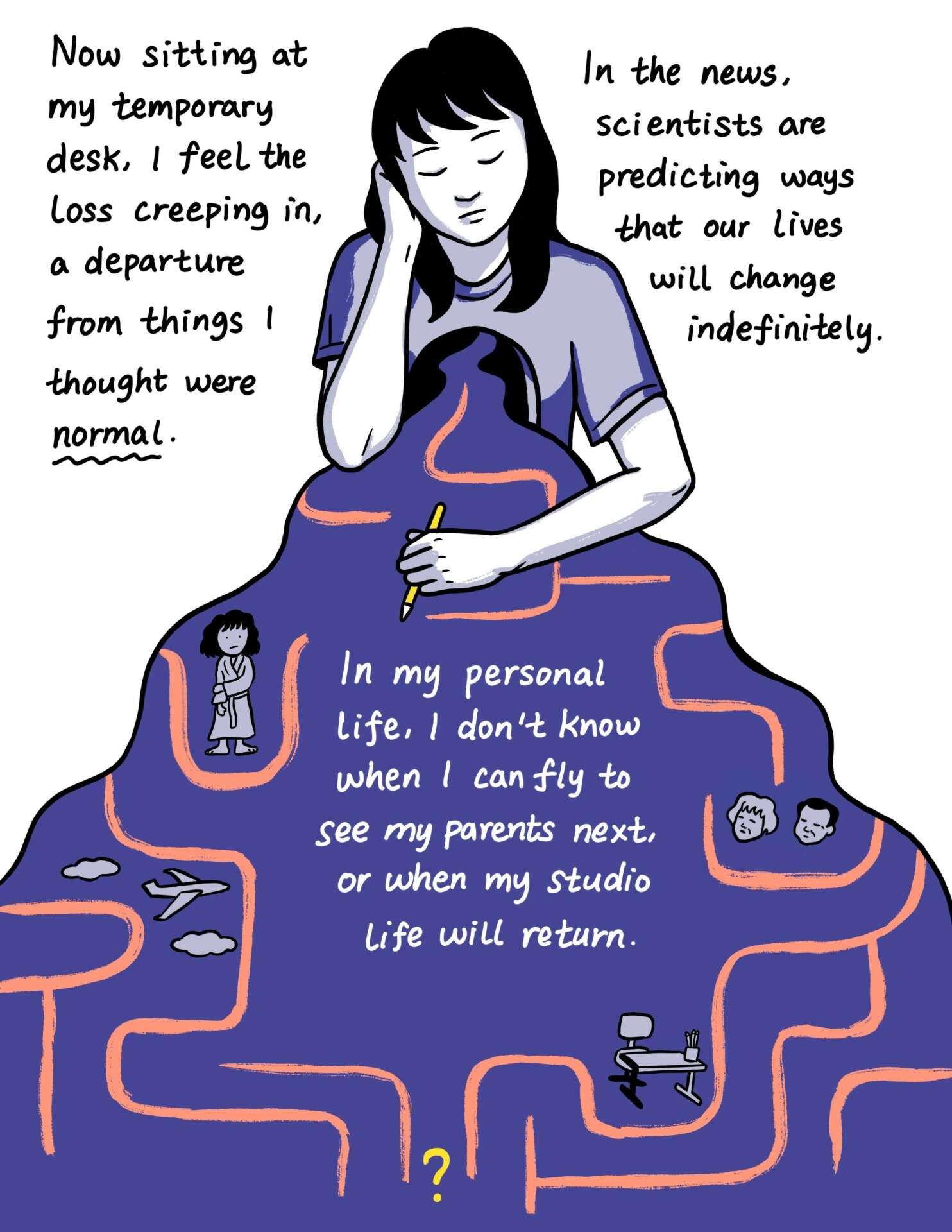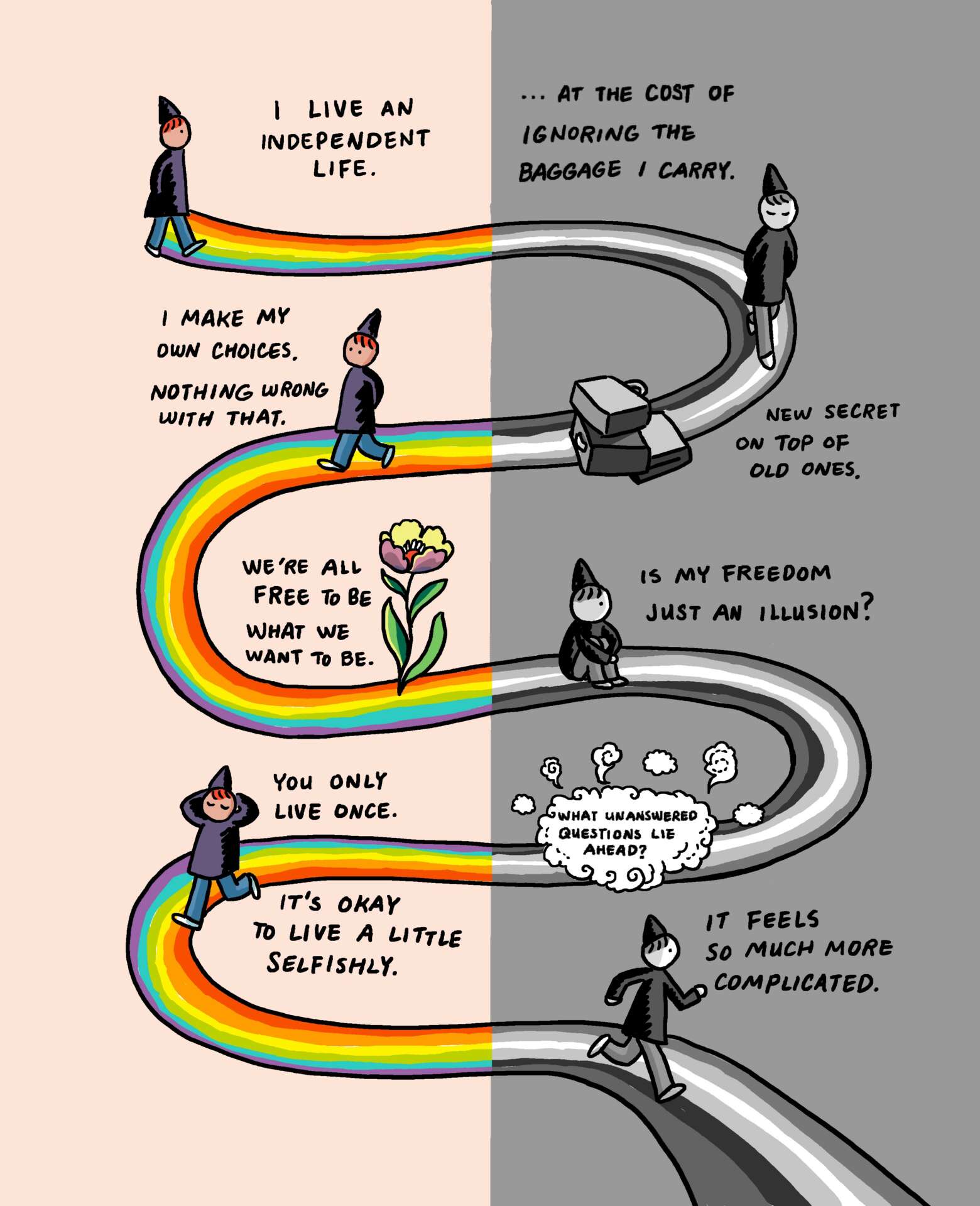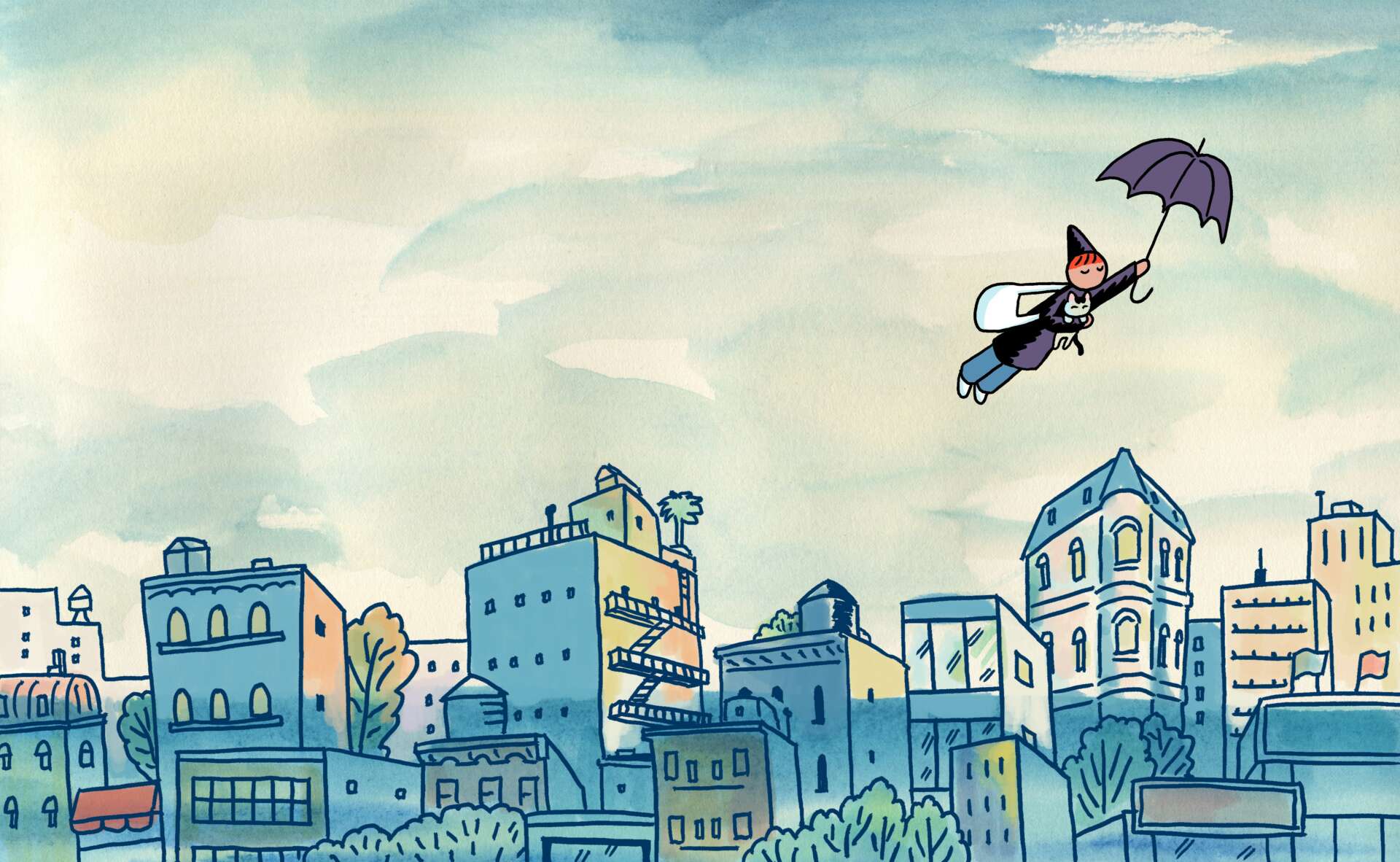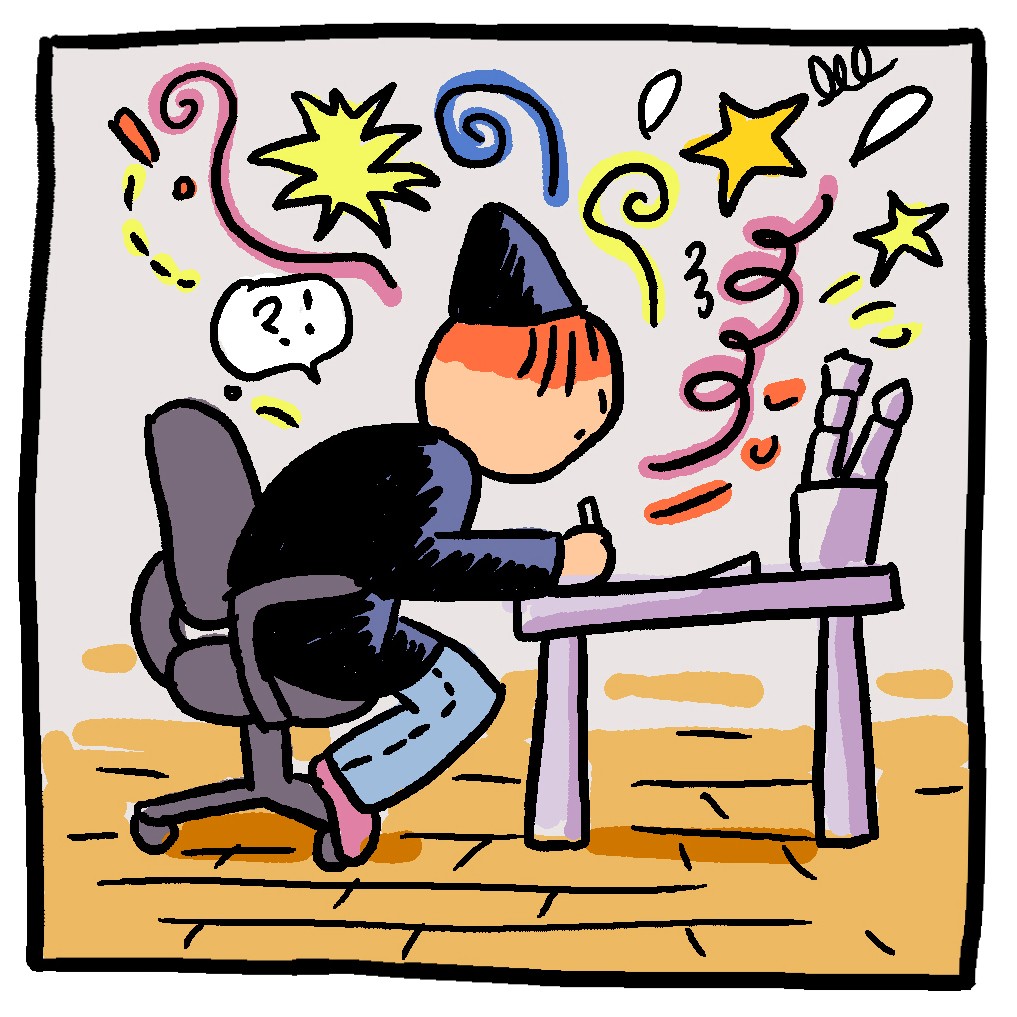We were lucky to catch up with Yao Xiao recently and have shared our conversation below.
Alright, Yao thanks for taking the time to share your stories and insights with us today. Learning the craft is often a unique journey from every creative – we’d love to hear about your journey and if knowing what you know now, you would have done anything differently to speed up the learning process.
As a cartoonist and illustrator, there are many different skills I am using at the same time when I practice my art or work on a project for a client. The most important skills can be organized into two types: foundation drawing skills like composition, value, anatomy, color theory, and storytelling skills like structuring a narrative, crafting a writing voice, building interesting characters. Knowing what I know now, if I could go back to my younger self on a time machine, I’d tell myself to be patient above all. Work on drawing foundations, organize my tools and workspace better, have a time management plan that makes sense. I would also recommend focusing on creating a unique voice.
I am constantly thinking about learning more and improving my craft. I think the desire to learn more and improve can become overwhelming, and can actually stand in the way of finding the right path to take. Sometimes, a new tool, new software, or new technique can look really intimidating on the outside, but after talking to an expert who knows it really well, it can actually be a lot easier to take on.




As always, we appreciate you sharing your insights and we’ve got a few more questions for you, but before we get to all of that can you take a minute to introduce yourself and give our readers some of your back background and context?
My name is Yao Xiao, I’m 32, and I lived and worked in New York City for over 12 years. I am an illustrator, cartoonist and I’m currently working on my second graphic novel after I published my first graphic novel, Everything Is Beautiful, And I’m Not Afraid in 2020. I also work on book covers, magazine and newspaper illustrations, and advertising illustrations. Some of my clients include The New Yorker, LA Times, The Washington Post, Wall Street Journal, TIME, Entertainment Weekly, Penguin Random House, HarperCollins, and Google. I started out as an art student at the School of Visual Arts, where I learned from amazing artists who had worked in the industry for decades. I learned about the difference between illustration and comics, and the different types of illustration projects and how to start getting those jobs. From then on, I decided to build a strong portfolio for illustration while working on my own comic voice. I was very lucky to get an illustration agent and a creative job right away, so I went into the field quickly. I learned a lot about workflow and organization from my bosses at the illustration studio I worked at as an in-house illustrator.
One of my specialties, whether in client work or my own writing, is working with with complexity and producing a nuanced and joyful rendition of a complex emotional story. It can be a complex organizational story, a complex design problem, or a complex personal memory; I provide in addition to strong visuals the ability to discern subtlety and nuance in the story I’m illustrating, but at the same time making the images super clear and easy to read. I believe that readability and nuance doesn’t have to be separate aesthetics, and I really believe in building an emotional bond between the image and the reader so they feel the overall impact without getting caught up in small details.
In my own comics, I also try to strike the balance between humor and a sense of depth. Humor is a subtle thing, and a lot of my writing process is trying out different lines and imagine how they would sound to a reader who doesn’t know me. I am gentle with jokes and make sure they don’t hurt, or make light of pain. Something I think about is how I am not afraid of being earnest, and an open and honest ending to a story is always an option for me. I think people who read my work can feel a sense of joy coming through the pages.
Let’s talk about resilience next – do you have a story you can share with us?
I am a first generation immigrant, and when I came to the States I was only 16, away from my family who still lived in China. Back in the 2000s, this was still quite rare, and people didn’t quite know where to put me. I had to be extremely resilient in the face of many unknown challenges. When I think back on the early years of my journey, I am still in awe of my younger self and how passionate I was about art. The thought of pursuing a career in art and improving my drawing skills were the main drivers that helped me find countless mentors, communities, and opportunities I’d never heard or dreamed of. One story reminds me of how passion can help me step out of my comfort zone. When social media as we know it today was still in its infancy, I had to ask people about how to get my art seen by others. I learned from a friend that there were galleries in the art district in Seattle, where I was living at the time. I was only 17, and I brought printouts of my artwork in a portfolio, and went gallery to gallery showing my work and asked people for advice and feedback on my drawings. Luckily folks were pretty patient with me and pointed me to places like Roq La Rue Gallery that showed pop-surrealist art, a style that influenced me deeply later on. I also actually found a gallery that gave me my first art show and provided a community.




Learning and unlearning are both critical parts of growth – can you share a story of a time when you had to unlearn a lesson?
Something happened a few years after I graduated from art school that changed how I viewed my career. I was working at my first full-time job as a sketchnote illustrator, where I create visual notes of presentations, often in real time and in front of an audience. It was a fascinating and intense first job out of school. I drew almost everyday, and sometimes in front of audiences as big as thousands at conferences like SXSW. Up till that point, I had thought my motivation to make better work was to impress other people. But at these big events, hundreds and thousands of people saw my work and a lot of folks came to tell me how much they enjoyed seeing my art. It was a little like being on Instagram but in real life, and something about it being in person that made the affirmation feel concrete. I began to think about the things beneath the surface that aren’t immediately visible — hours spent practicing, reading art books, immersing myself in community with other artists. I realized then, that I could trust myself to deliver effective pieces, and it helped me go further creatively.
Contact Info:
- Website: www.yao.nyc
- Instagram: @yaoxiaoart
- Twitter: @yaoxiaoart
Image Credits
Photo by Lanny Li Xiuzhu


